Throughout history, big cats like lions, tigers, leopards, and jaguars have held significant symbolic power in many ancient civilizations. Valued for their strength, courage, and majesty, these animals often appear in the mythology, art, and political emblems of various cultures. This article delves into how ancient civilizations revered big cats and used them as symbols of prestige, power, and divine authority.
The Lion as King of the Beasts
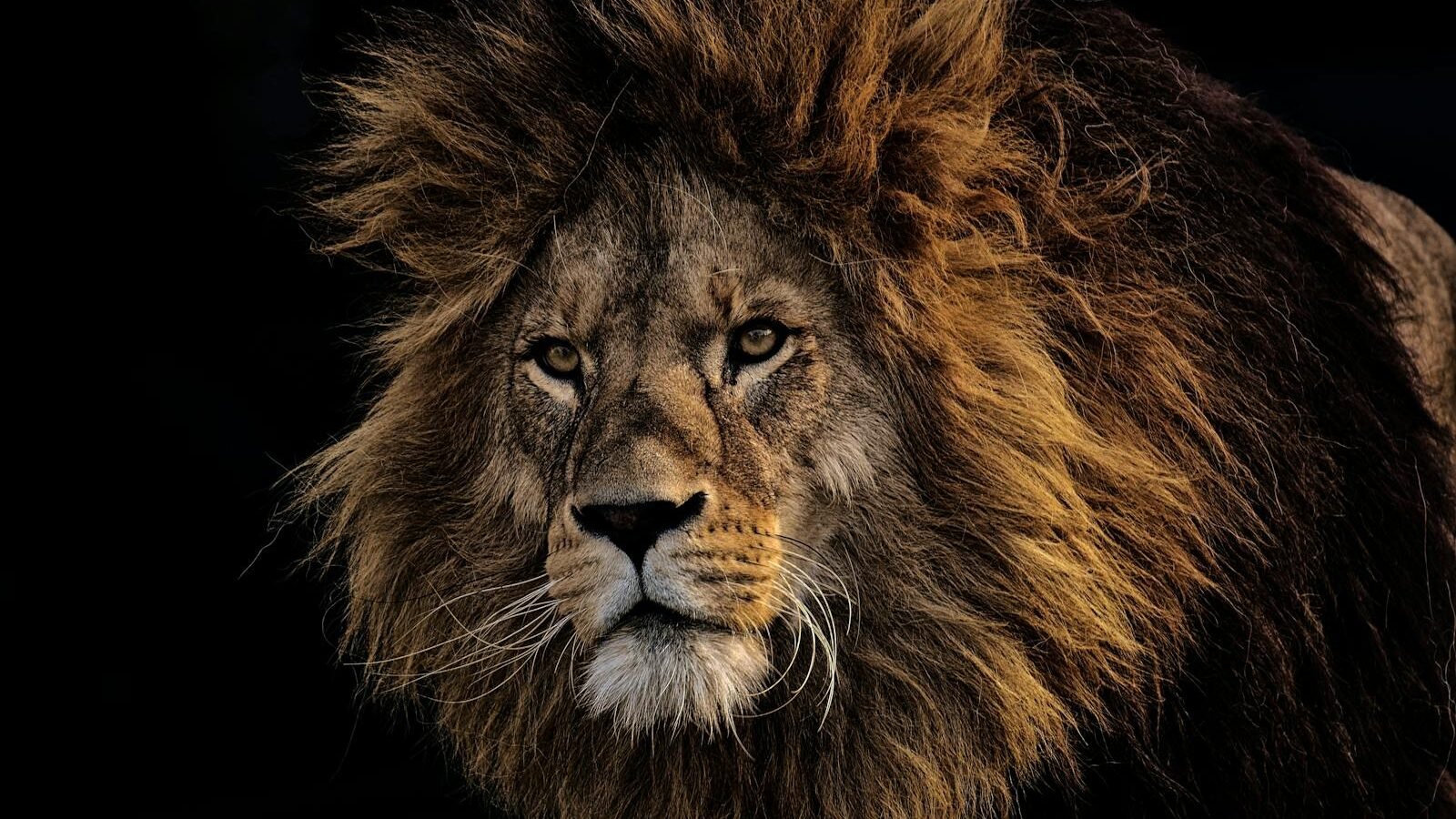
Photo by Alexas Fotos via Pexels
The lion, often referred to as the “king of the beasts,” has been a prominent emblem of power and royalty across multiple cultures. Its majestic mane and commanding presence made it an ideal symbol for rulers seeking to project authority and control. In civilizations from Egypt to Europe, lions were associated with ruling dynasties and divinities, cementing their status as icons of dominance.
Lions in Ancient Egypt
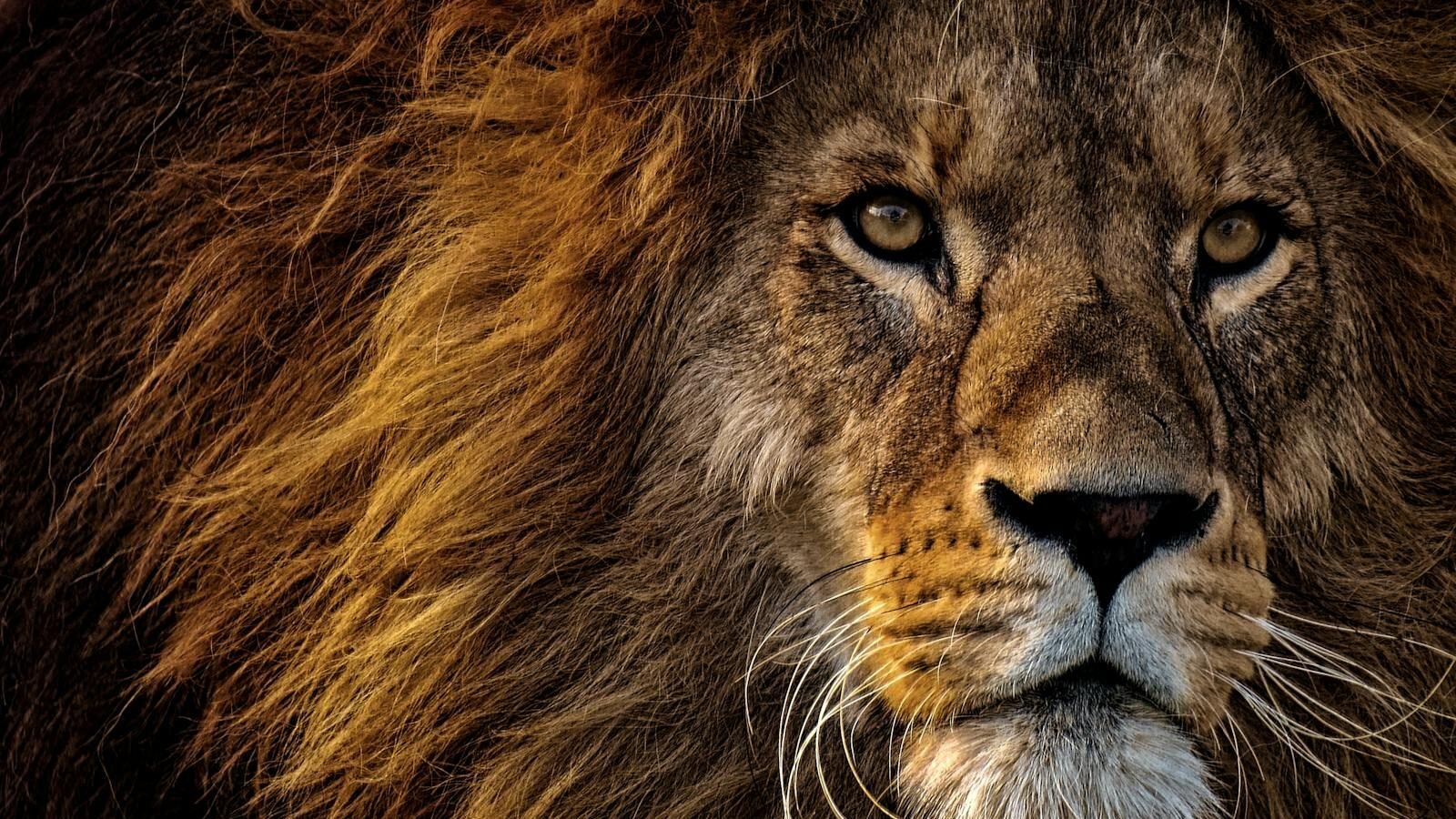
In ancient Egypt, lions were associated with the sun god Ra and the warrior goddess Sekhmet. These majestic creatures symbolized both the fierce protection of the people and the destruction of their enemies. Egyptian Pharaohs often aligned themselves with the attributes of lions to affirm their might and divinity, with lion imagery adorning everything from thrones to temple walls.
The Mesopotamian Lion Hunts
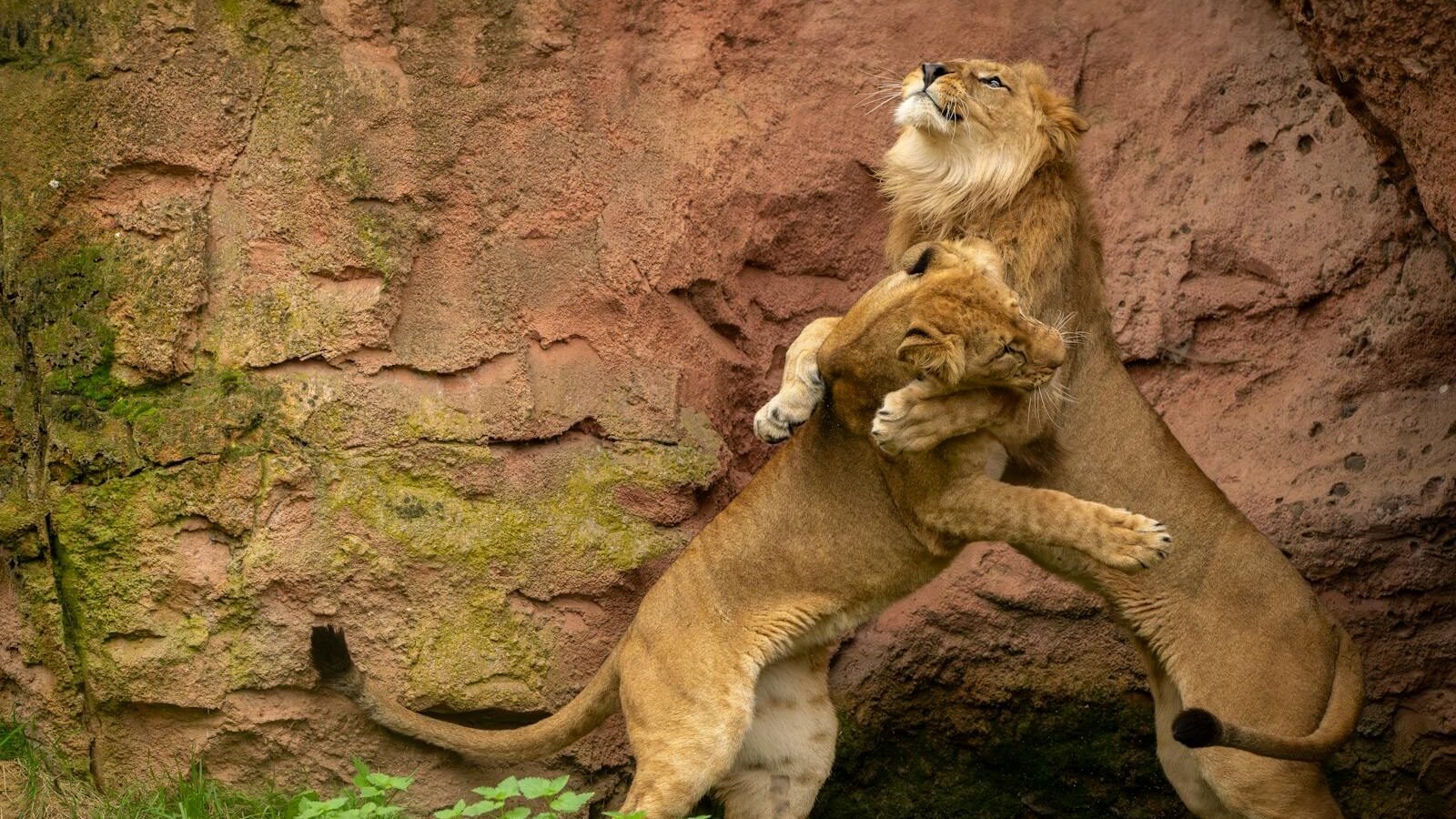
Photo by Leon Aschemann via Pexels
In Mesopotamia, especially in Assyrian culture, lion hunts were significant events that demonstrated a king’s power and bravery. These hunts were often depicted in intricate bas-reliefs that adorned palace walls, serving as propaganda tools to glorify the ruler’s dominance over nature and his enemies. Lions were seen as a royal quarry, symbolizing chaos that the king had tamed.
Tigers in Imperial China
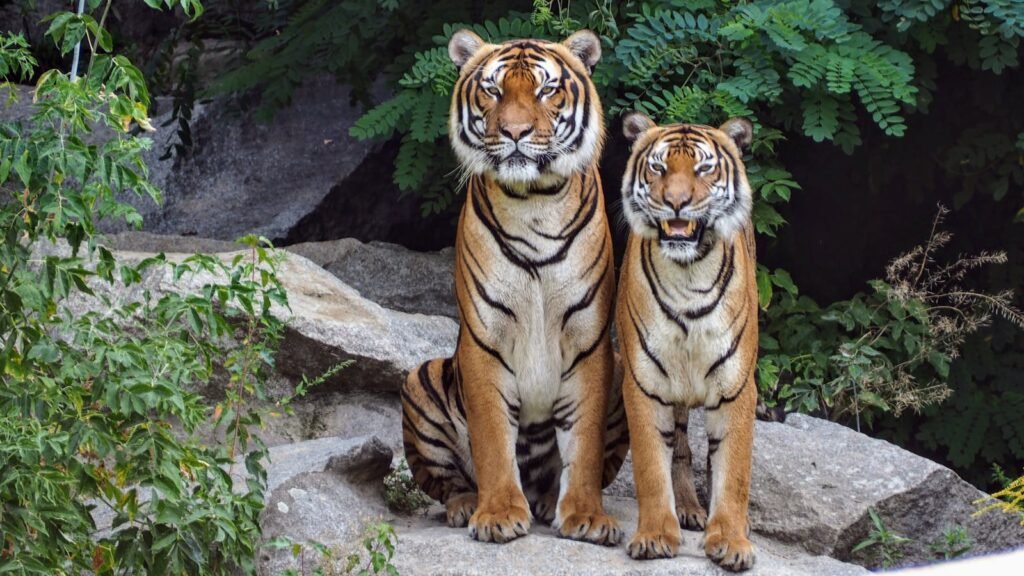
Tigers held a sacred place in the hearts and minds of ancient Chinese societies. As symbols of courage, strength, and protection, tigers were often depicted in art, mythology, and folklore. In Taoism, the White Tiger represented protection and military prowess, and its image was frequently used on military banners and shields.
Jaguars in Mesoamerican Cultures
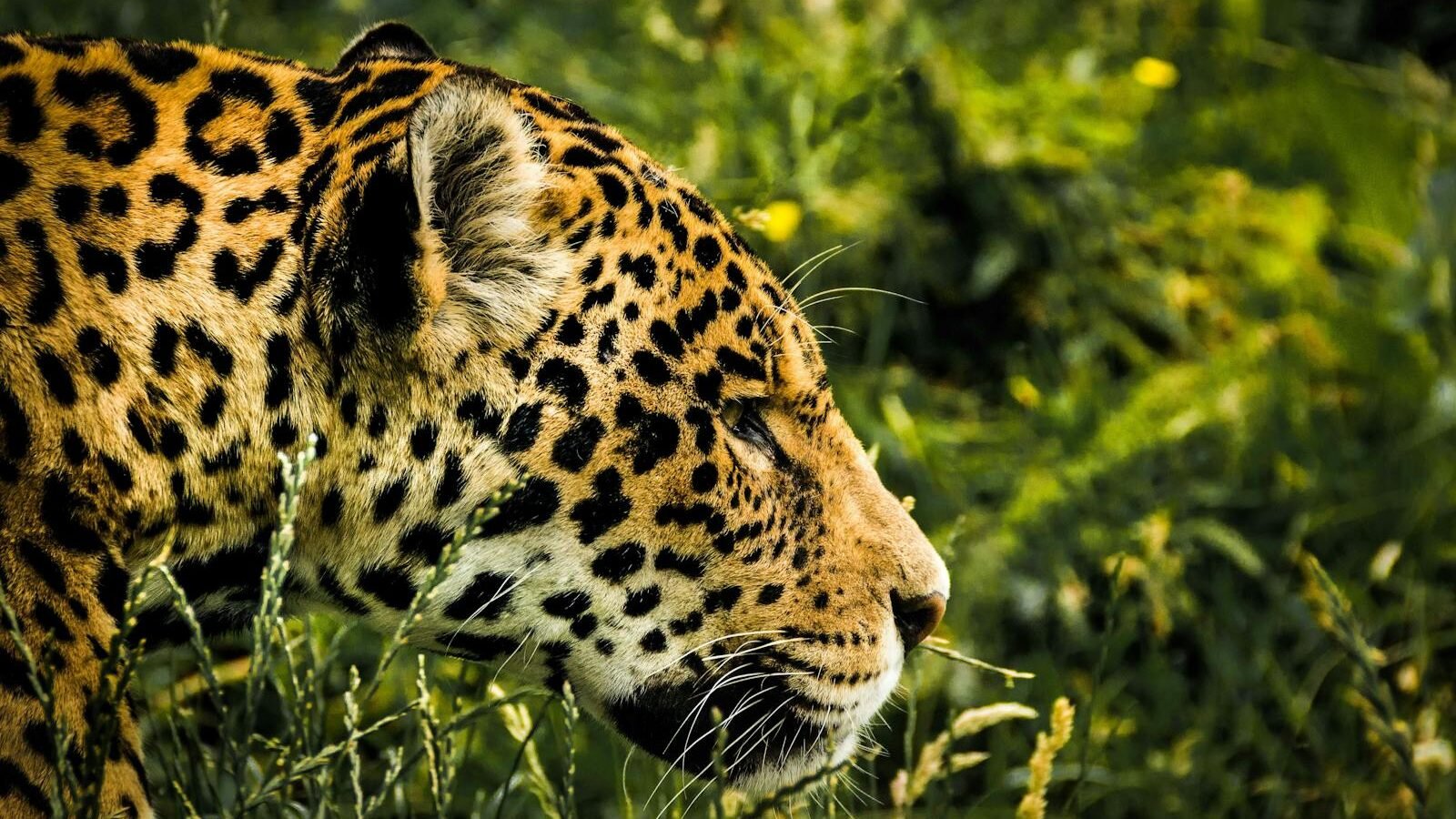
Photo by Pixabay via Pexels
The jaguar was a powerful emblem in the Olmec, Maya, and Aztec cultures of Mesoamerica. Associated with the fierce and stealthy nature of the jaguar, rulers and priests often wore jaguar pelts and included the animal in religious ceremonies. In these societies, the jaguar symbolized power, the spiritual world, and the ability to travel between realms.
Leopards in Ancient Africa
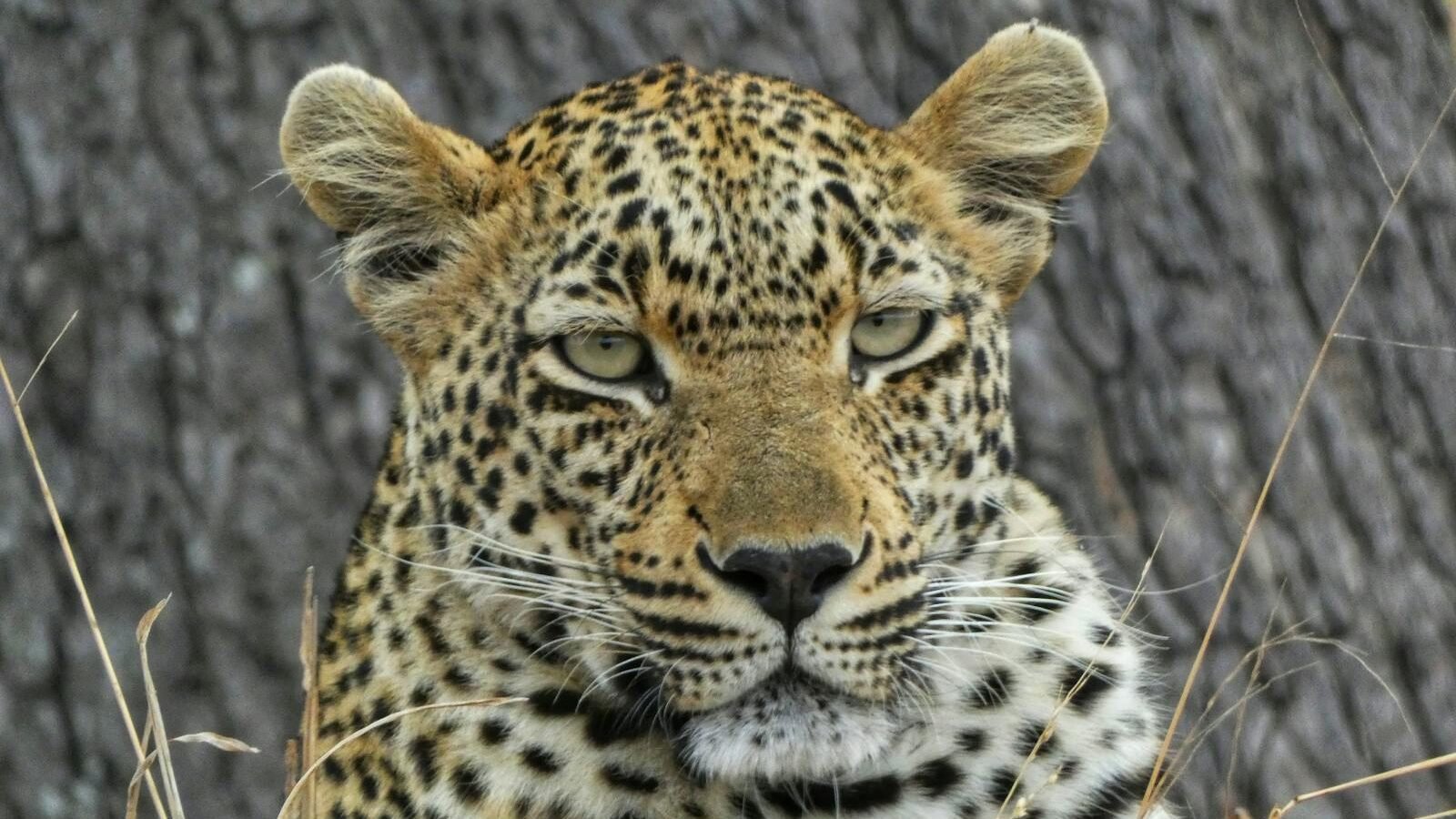
Leopards were revered in many African cultures, representing power, mysticism, and secrecy. Kings and leaders frequently wore leopard skins to signify their status and strength. In some belief systems, the leopard was viewed as a spiritual mediator, conveying messages between the living and the ancestors. The use of leopard imagery underscored the ruler’s divine right to lead.
Lion Symbolism in Ancient Greece and Rome
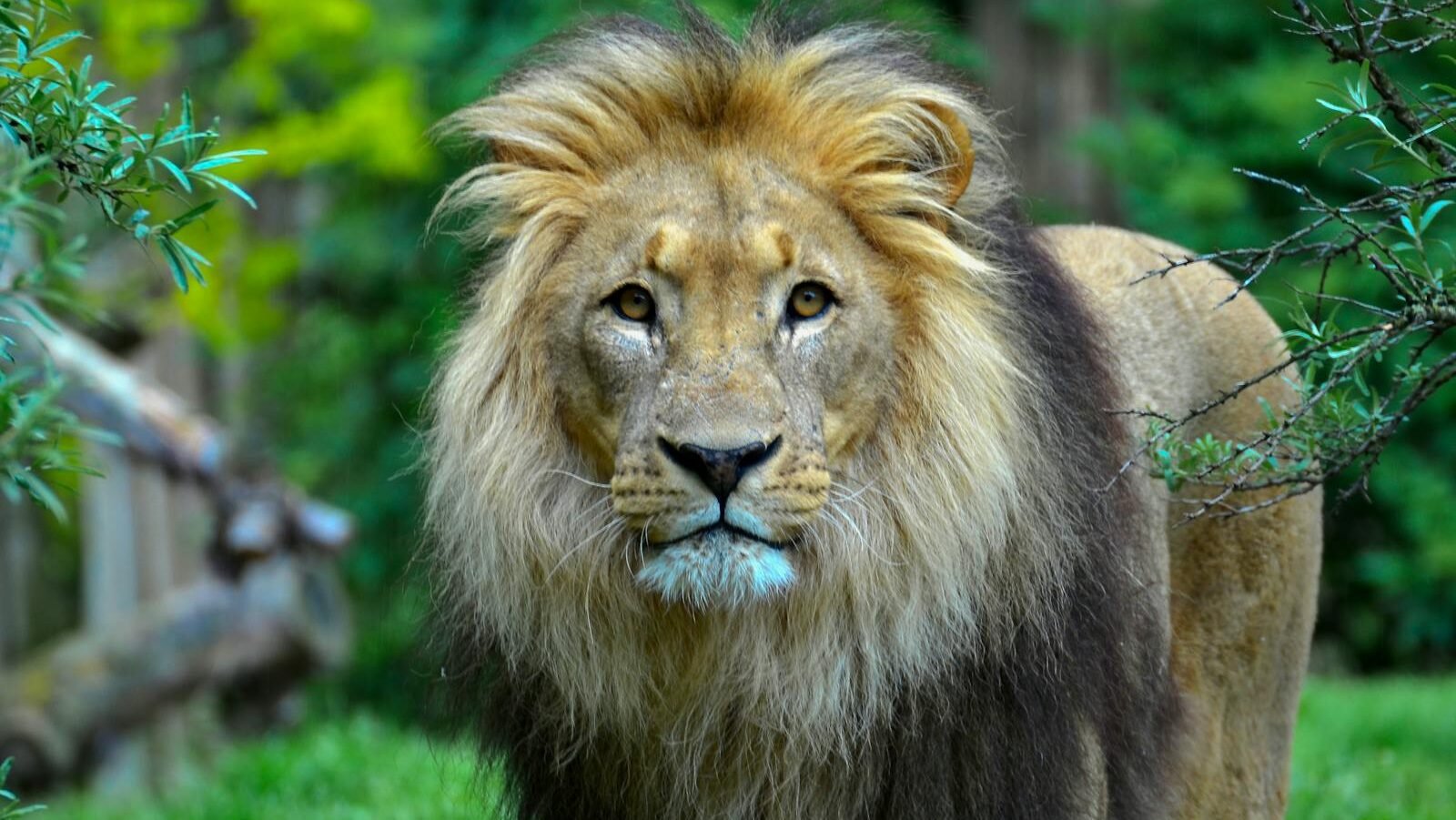
Photo by Marcus Herzberg via Pexels
In ancient Greece, lions were associated with strength and valor, often appearing in mythology and as guardians of sacred spaces. The Nemean Lion, killed by Hercules, was a notorious beast whose defeat symbolized the triumph of human strength and ingenuity. Similarly, in ancient Rome, lions symbolized courage and were often featured in public spectacles like gladiator games to emphasize Roman dominance and bravery.
The Cultural Legacy of Big Cats

The symbolic power of big cats continues to capture the human imagination, with images and stories of these majestic creatures enduring in modern culture. From national emblems to sports team mascots, the legacy of big cats as symbols of power and majesty persists, rooted firmly in the ancient traditions that first celebrated their might.
Conclusion: The Enduring Fascination with Big Cats
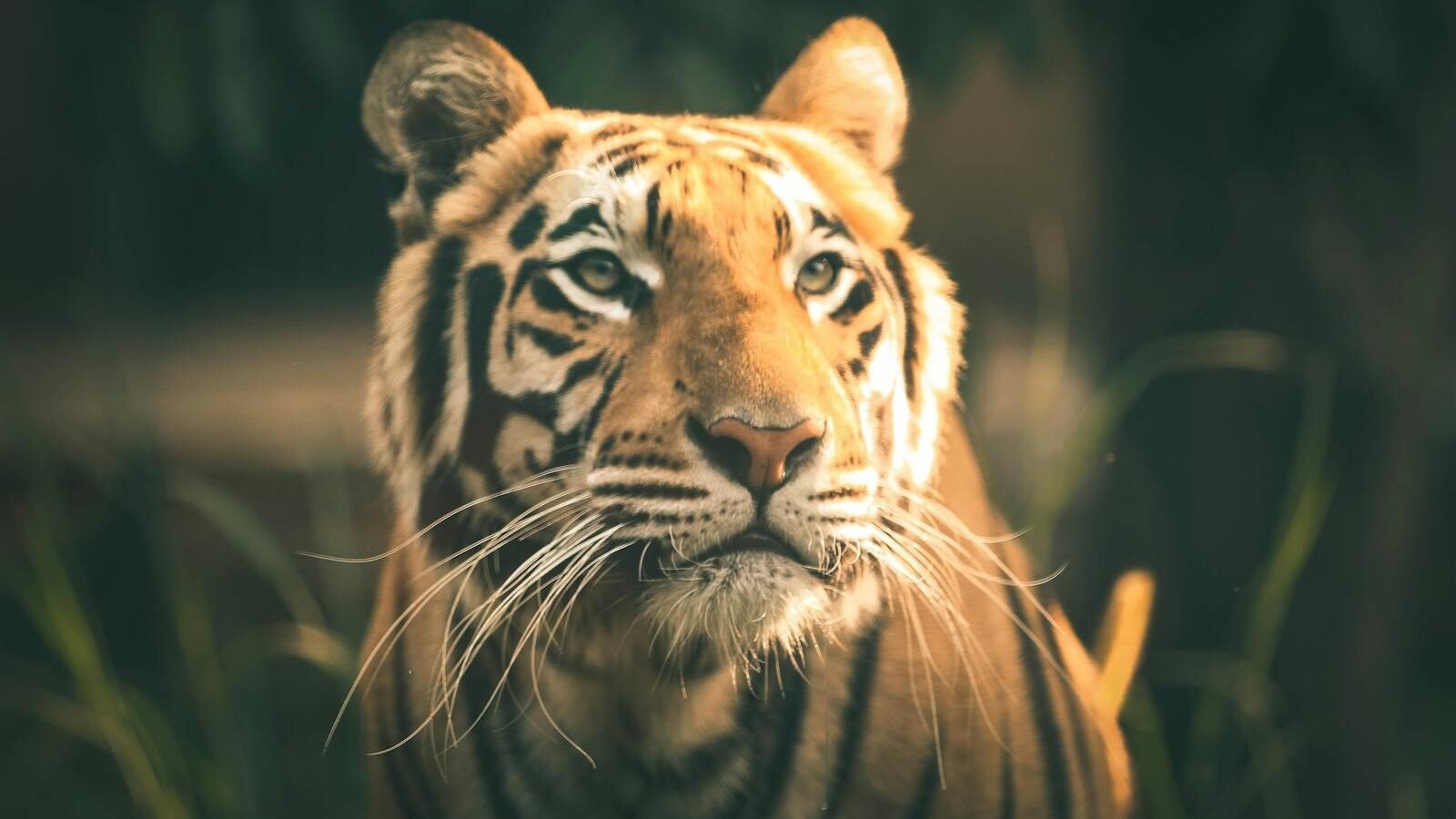
Photo by Satria Bagaskara via Pexels
Big cats have played a crucial role in shaping the cultural and symbolic landscape of ancient civilizations. As icons of strength, protection, and regal authority, they represent fundamental human ideals that transcend time and geography. The awe-inspiring attributes of these animals continue to inspire and captivate, underscoring a universal understanding and appreciation for nature’s powerful wild creatures.

With over a decade of experience as a dedicated cat lover and enthusiast, I specialize in writing captivating content about all things feline. My expertise shines through in creating engaging and informative pieces that resonate with fellow cat lovers. As a proud cat parent to my beloved Duston, my personal connection to the world of cats adds authenticity and warmth to my work, making it relatable and heartfelt.






